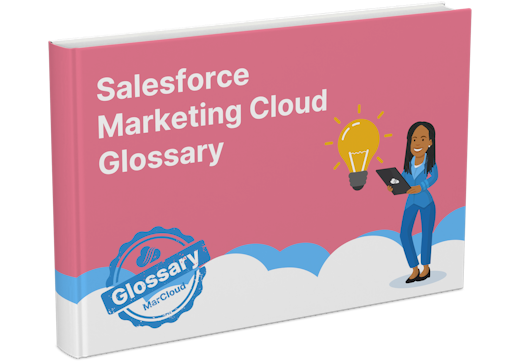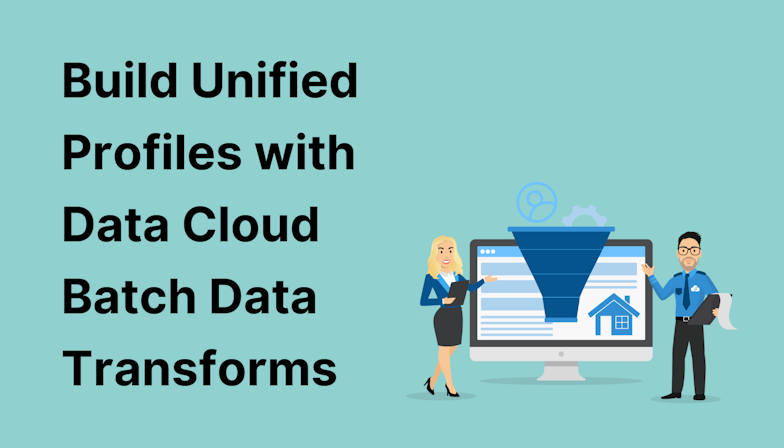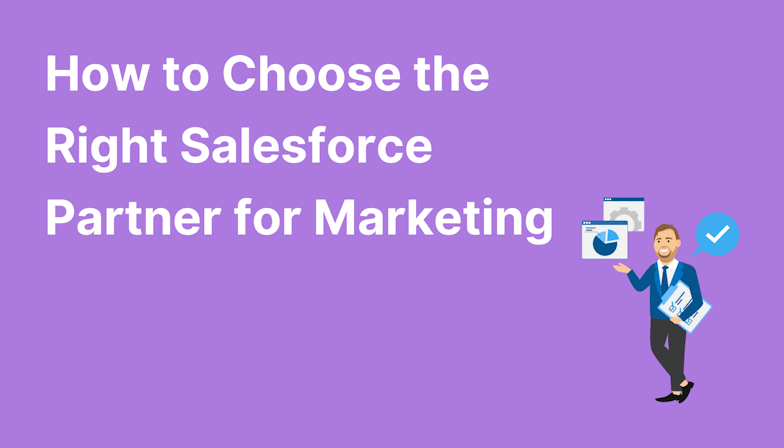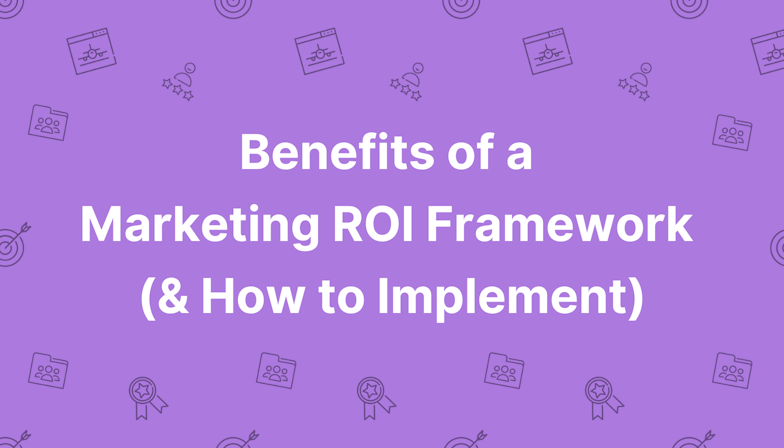One of the niftiest parts of Marketing Cloud Engagement is ‘Mobile Studio’; a module that allows you to easily communicate with subscribers on their mobile phones. Within Mobile Studio, there are two products: MobileConnect and MobilePush. Each has powerful features but one of the best is the ability to use mobile geofencing within MobilePush.
Of course, a Salesforce Implementation Guide exists and it’s comprehensive, but we want to share and simplify the essentials you need to know when it comes to setting up the connection.
What is mobile geofencing?
In short, mobile geofencing means creating a virtual boundary around a specific location and targeting devices that enter or leave the area using GPS, beacon, or Bluetooth technology. It’s a strategic way to run mobile marketing that is tailored to the location of the device user, delivering highly targeted messages.
Now you might think that mobile marketing, and geofencing in particular, is only suited to B2C companies and audiences, but that’s not true. Geofenced mobile marketing can be used by both B2C and B2B companies to target and engage audiences with push notifications and advertising, it’s just about finding the right approach.
Can all devices be targeted?
If you’re wondering whether mobile geofencing is an invasion of privacy, remember that users do have control over their device location settings and especially with the latest Apple iOS updates, can ask apps not to track activity or location. In these cases, their devices won’t register as having entered or exited a geofenced perimeter and therefore, you won’t be able to market to them.
However, according to Salesforce, 30% of the international population is using location-based services and 80% of them want to get location-based alerts from businesses. That’s a lot of potential customers!
How effective is mobile geofencing?
There’s a reason geofencing has become such a trend in mobile marketing - there’s proof that it works! In the US, for example, 53% of shoppers visited a specific retailer after receiving a location-based alert (yahoo.com), while a report from Verve Mobile found that location targeting more than doubles the performance of mobile ads.
If you’re yet to include geofenced mobile marketing in your strategy, here are some ideas for ways to get started that could be applied to both B2B and B2C settings.
Ideas for geofenced mobile marketing
1. Meeting prospects at events
Events are often a huge part of the marketing and sales mix. Whether it’s attending exhibitions, industry conferences, or running a stand at a trade show, there are plenty of in-person events that deliver potential customers to the same building as your own team.
In the run-up to these events, you might reach out to attendees on LinkedIn, send emails to subscribers, and advertise your attendance online. These are all great tactics to drive foot traffic and meetings at the event but why rely only on pre-event marketing?
With mobile geofencing in Marketing Cloud, you can also set up a virtual boundary around the event location. When prospective customers enter the location on the day, you can serve highly relevant push notifications or mobile ads inviting them to take whatever action is most valuable to you i.e. visit your stand or schedule a short meeting.
Tip: If you’re also using Pardot, don’t forget to scan prospect business cards directly into your account with the Pardot Prospect Scanner app.
2. Targeting competitor locations
Does your competitor have a physical store or office that prospective customers will be visiting? With geofencing, you can set up a boundary around similar or competing business locations and target devices within these locations as a way of reminding them that your brand exists as an alternative option.
For example, a finance company knows its competitor has large premises where they meet with existing and potential customers, including those that they want to work with. Maybe they’re even competing for a tender and have intel that the potential client will be at their competitor’s office for a presentation on a set date. It’s a bit of a direct approach, but geofenced mobile messaging can be used to communicate with potential clients while they’re with a competitor, staying front of mind when it matters most.
In the B2C space, Burger King was hailed for using geofenced marketing to target visitors to McDonald’s stores with $1 burgers if they downloaded the Burger King app and ordered through it whilst at a McDonald’s restaurant. It’s ballsy and we like it!
Of course, depending on your brand it’s really up to you how direct you want to be with geofenced mobile marketing based on competitor locations. Just bear in mind that staff members aren’t excluded, so will likely see your advertising or mobile push notifications too.
3. Limited-time offers
Perfect for businesses with a physical location, geofenced mobile messaging allows you to deliver offers to customers only while they’re within your store or office. However, you can be really creative with this and extend it to relevant locations that are intrinsically linked with your products and services.
Say you’re a sportswear brand and market research tells you that a large number of your customers are likely to be at a specific sports event, like the Superbowl. Naturally, you know the location of the venue, so setting up a geofenced area to serve push notifications and mobile advertising is an easy way to communicate with the audience during a major sporting event (and without the cost of typical Superbowl advertising).
But, where this approach gets really clever, is when you do more than simply advertise your brand and instead, offer a limited-time discount or value-add only while the user is at the Superbowl. If you can tailor the messaging to real-time happenings during the game, you’re on to a winner (see Oreo’s ‘Dunk in the Dark’ genius).
These are just a few of the ways mobile geofencing in Marketing Cloud can be used. Get in a room or on a call with our team and we would happily come up with more based on your unique business, audience, and objectives - it’s a particularly fun part of marketing within Mobile Studio that we love to get involved in!
Of course, there’s plenty more to consider too. Like how to get set up, optimise, and analyse your mobile geofencing, all of which we can help with too. Get in touch if you’d like support.

Chris Thompson
Chris is an experienced marketer and certified Pardot consultant. He's passionate about improving visibility for clearer marketing attribution, which in the world of Salesforce means aligning digital marketing strategy with the objects, tools and automations available within the Salesforce tech stack and beyond. His role at MarCloud is to support the Delivery Consultants in launching and managing client projects and campaigns, ensuring the best delivery and results.
More by Chris ThompsonFeatured resource

Salesforce Marketing Cloud Glossary
Even the most experienced Marketing Cloud users won’t always remember every single phrase or term! So, we’ve compiled an A-Z list of definitions you can download to your desktop or print out for your office wall – whichever way works best for you!
Download now



